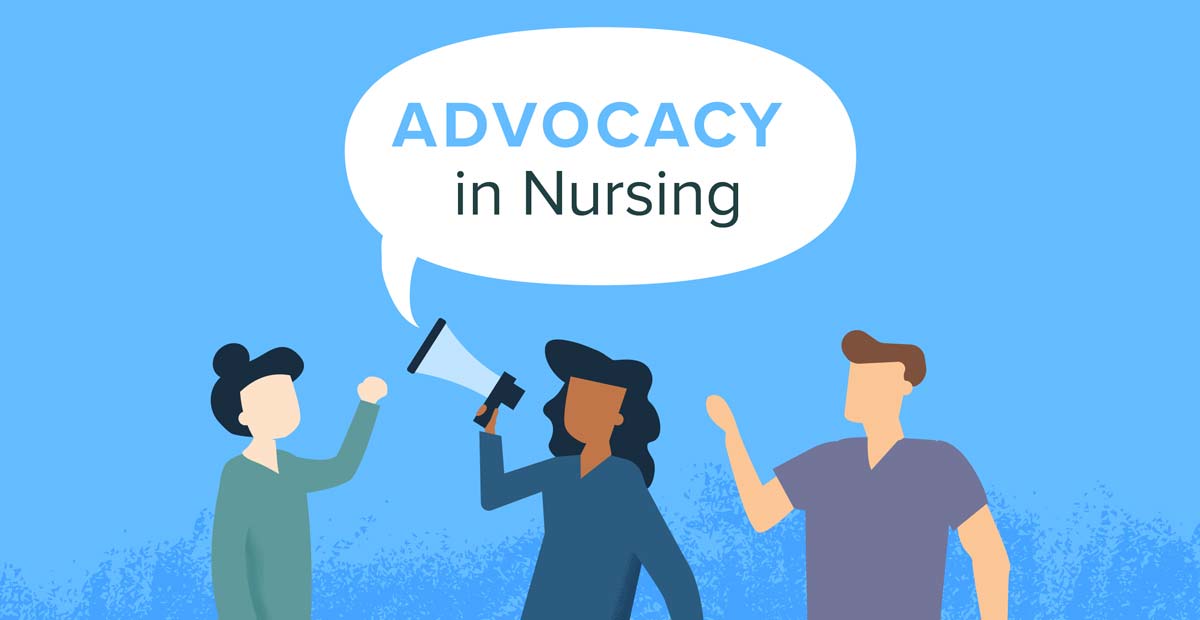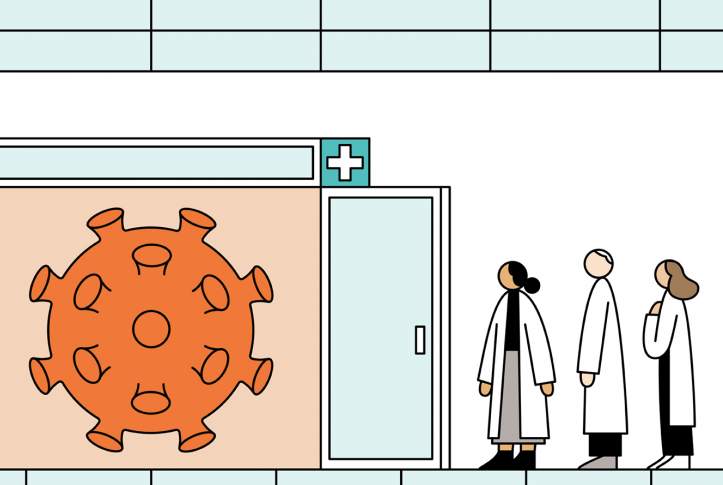Project 3: Six Sigma (DMAIC) process to solve nursing problem – Answered
Project 3: Six Sigma (DMAIC) process to solve nursing problem – Answered
You are the Nurse Leader/Administrator at a long-term care facility (not hospital). The rates of resident falls have been increasing over the last 6 months to a year in your facility causing some serious injuries for some of the residents. You, as a doctorate of nursing prepared leader, have to adequately describe the issue & create a Process Improvement project using the Six Sigma (DMAIC) process to address and solve the problem. During this part, you will address the DMA – Define, Measure & Analyze stages. A MINIMUM of 5 relevant evidence based sources (best are peer-reviewed articles) should be used and published within the last 5 years. Below are the (DMA) relevant issues to include in your Process Improvement Project: DEFINE:•Define the issue: What process are you trying to improve?•Describe the team and stakeholders• Plan out the project• Make a plan for the change MEASURE:• What metrics will you measure• How will you measure success• How will you collect baseline data ANALYZE:•How will you analyze the data you collect• What will you use to display data• What is the reason for your wastes, delays, etc (Project 3: Six Sigma (DMAIC) process to solve nursing problem – Answered).
Answer
Process Improvement Project: Reducing Resident Falls in a Long-Term Care Facility Using Six Sigma (DMAIC)
DEFINE
The primary issue at our long-term care facility is the increasing rate of resident falls, which have escalated over the past six months to a year. This trend has resulted in several serious injuries among residents, indicating a pressing need for improvement in fall prevention strategies. The goal of the process improvement project is to reduce the incidence of falls by implementing evidence-based interventions and optimizing current practices using the Six Sigma (DMAIC) methodology.
Process and Stakeholders
The process under scrutiny is the fall prevention program currently in place at the facility. This includes all aspects of resident safety related to falls, such as environmental safety measures, staff training, and resident care protocols.
The project team will consist of the following stakeholders:
- Nurse Leader/Administrator: Oversees the project and ensures alignment with facility goals.
- Clinical Nurse Specialists: Provide expertise in fall prevention and contribute to developing and implementing strategies.
- Physical Therapists: Offer insights into physical interventions and mobility assessments.
- Facility Maintenance Staff: Ensure that the physical environment is safe and compliant with fall prevention standards.
- Residents and Families: Provide feedback on fall incidents and safety concerns.
Project Planning
The project will be divided into distinct phases:
- Initial Assessment: Review current fall prevention protocols and incident reports.
- Strategy Development: Identify evidence-based interventions and create a comprehensive plan.
- Implementation: Roll out the new strategies and provide staff training.
- Evaluation: Monitor the effectiveness of interventions and make adjustments as necessary.
A detailed plan will be crafted, outlining specific interventions, timelines, and responsibilities. This plan will incorporate recommendations from recent evidence-based guidelines on fall prevention in long-term care settings (Kendrick et al., 2021; Oliver et al., 2020).
MEASURE
Metrics for Measurement
To evaluate the effectiveness of the fall prevention program, the following metrics will be measured:
- Fall Rate: The number of falls per 1,000 resident days.
- Injury Severity: The number and severity of injuries resulting from falls.
- Compliance Rate: Adherence to newly implemented fall prevention protocols.
- Resident Satisfaction: Feedback from residents and families regarding safety and comfort.
Measuring Success
Success will be determined by a significant reduction in fall rates and injuries, improved compliance with fall prevention protocols, and positive feedback from residents and their families. A reduction in fall rates of at least 25% over a six-month period will be considered a successful outcome.
Baseline Data Collection
Baseline data will be collected by reviewing fall incident reports from the past 12 months. This data will provide a clear picture of the current fall rates, injury severity, and areas of concern. Additionally, staff compliance with existing protocols will be assessed through audits and observations.
ANALYZE
Data Analysis
Data analysis will involve comparing baseline data with post-intervention data to assess the effectiveness of the new strategies. Statistical methods such as trend analysis and chi-square tests will be used to determine if changes in fall rates and injury severity are statistically significant (Wang et al., 2018).
Data Display
Data will be displayed using charts and graphs, such as control charts for fall rates and bar graphs for injury severity. This visual representation will help in identifying trends and patterns over time, making it easier to evaluate the impact of the interventions (Montgomery, 2020).
Identifying Causes
Analyzing the data will help identify the root causes of falls, such as environmental hazards, inadequate staff training, or deficiencies in resident mobility assessments. Tools such as cause-and-effect diagrams and root cause analysis will be employed to uncover these issues (Pande et al., 2020).
References
- Kendrick, D., et al. (2021). Interventions for preventing falls in older people living in the community. Cochrane Database of Systematic Reviews, 2021(9). https://doi.org/10.1002/14651858.CD007146.pub4
- Montgomery, D. C. (2020). Design and Analysis of Experiments (9th ed.). Wiley.
- Oliver, D., et al. (2020). Interventions to prevent falls in older people living in the community: A systematic review. The Lancet, 396(10263), 347-359. https://doi.org/10.1016/S0140-6736(20)31290-5
- Pande, P. S., Neuman, R. P., & Cavanagh, R. R. (2020). The Six Sigma Way: How to Maximize the Impact of Your Change and Improvement Initiatives. McGraw-Hill Education.
- Wang, Y., et al. (2018). Statistical Methods for Healthcare Research. Springer.
(Project 3: Six Sigma (DMAIC) process to solve nursing problem – Answered)











